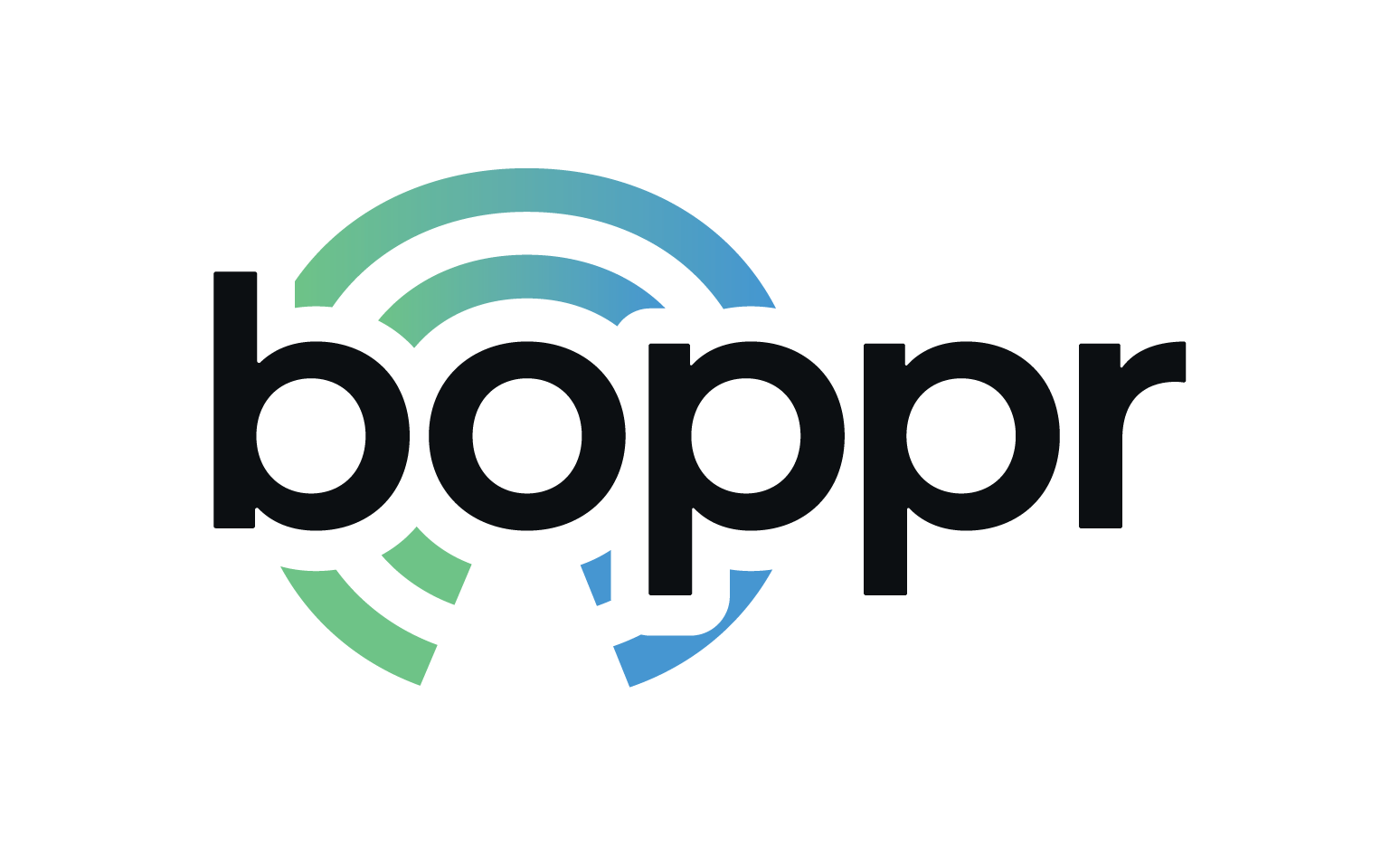No products in the cart.
Business
How Businesses Use Social Media
Social media has become an integral part of modern business. It is a powerful tool for businesses to reach out to their customers, build relationships, and promote their products and services. Social media can be used to create brand awareness, engage with customers, and drive sales. It can also be used to monitor customer feedback, gain insights into customer behavior, and measure the success of marketing campaigns. With the right strategy, businesses can use social media to increase their visibility, build relationships, and drive sales. Boppr gives you a unique way to share all of your social media in person and digitally!
How to Leverage Social Media to Increase Brand Awareness
Social media has become an integral part of modern life, and it can be a powerful tool for businesses to increase their brand awareness. Here are some tips to help you leverage social media to boost your brand’s visibility:
1. Develop a Social Media Strategy: Before you start posting, it’s important to have a plan in place. Think about what platforms you want to use, what type of content you want to share, and how often you want to post.
2. Create Engaging Content: Once you have a plan in place, it’s time to start creating content. Make sure your content is engaging and relevant to your target audience.
3. Use Visuals: Visuals are a great way to grab people’s attention and make your content more engaging. Use images, videos, and infographics to make your posts stand out.
4. Engage with Your Audience: Social media is a two-way street. Make sure you’re engaging with your followers by responding to comments and messages.
5. Monitor Your Performance: Track your performance to see what’s working and what’s not. Use analytics tools to measure your reach, engagement, and other metrics.
By following these tips, you can use social media to increase your brand’s visibility and reach a wider audience. With the right strategy and content, you can build a strong presence on social media and boost your brand’s awareness.
Strategies for Engaging Customers on Social Media
1. Create Engaging Content: Develop content that is interesting, relevant, and engaging to your target audience. This could include blog posts, videos, infographics, or other types of content that will draw in your customers.
2. Use Visuals: Visuals are a great way to capture the attention of your customers. Use images, videos, and infographics to make your content more engaging and shareable.
3. Ask Questions: Ask your customers questions to get them involved in the conversation. This will help you to better understand their needs and interests.
4. Respond Quickly: Make sure to respond to customer comments and questions in a timely manner. This will show your customers that you value their feedback and are willing to engage with them.
5. Offer Incentives: Offer incentives such as discounts or giveaways to encourage customers to engage with your social media content.
6. Monitor Your Accounts: Monitor your social media accounts regularly to ensure that you are responding to customer comments and questions in a timely manner.
7. Leverage Influencers: Leverage influencers to help spread the word about your brand and products. This will help to increase your reach and engagement.
8. Host Contests: Host contests or giveaways to engage your customers and encourage them to share your content.
9. Use Hashtags: Use relevant hashtags to make your content more discoverable and to increase engagement.
10. Track Your Results: Track your results to see which strategies are working and which ones need to be improved. This will help you to optimize your social media strategy.
The Benefits of Social Media Advertising for Businesses
Social media advertising is an increasingly popular and effective way for businesses to reach their target audiences. With the right strategy, businesses can use social media advertising to increase brand awareness, generate leads, and drive sales. Here are some of the key benefits of social media advertising for businesses.
1. Cost-Effective: Social media advertising is one of the most cost-effective forms of advertising available. Compared to traditional forms of advertising, such as television and radio, social media advertising is much more affordable. This makes it an attractive option for businesses with limited budgets.
2. Targeted Reach: Social media advertising allows businesses to target their ads to specific audiences. This means businesses can tailor their ads to reach the people who are most likely to be interested in their products or services. This helps businesses maximize their return on investment.
3. Increased Brand Awareness: Social media advertising can help businesses increase their brand awareness. By targeting the right audience, businesses can reach potential customers who may not have heard of them before. This can help businesses build a larger customer base and increase their sales.
4. Improved Customer Engagement: Social media advertising can help businesses engage with their customers. By responding to comments and messages, businesses can build relationships with their customers and create a more positive brand image.
5. Measurable Results: Social media advertising provides businesses with measurable results. This allows businesses to track the success of their campaigns and make adjustments as needed.
Overall, social media advertising is an effective and cost-efficient way for businesses to reach their target audiences. With the right strategy, businesses can use social media advertising to increase brand awareness, generate leads, and drive sales.
How to Measure the ROI of Social Media Marketing
Measuring the return on investment (ROI) of social media marketing is an important part of any successful marketing strategy. Social media marketing can be a powerful tool for businesses, but it is important to understand how to measure the success of your efforts.
The first step in measuring the ROI of social media marketing is to set clear goals. What do you want to achieve with your social media marketing? Are you looking to increase brand awareness, generate leads, or drive sales? Once you have established your goals, you can begin to measure the success of your efforts.
The next step is to track your progress. This can be done by tracking the number of followers, likes, shares, and comments on your social media accounts. You can also track the number of website visits, conversions, and sales that are generated from your social media campaigns.
You can also measure the ROI of your social media marketing by looking at the cost of your campaigns. Calculate the cost of your campaigns by taking into account the time and resources spent on creating content, managing accounts, and running ads. Once you have calculated the cost of your campaigns, you can compare it to the revenue generated from your efforts.
Finally, you can measure the ROI of your social media marketing by looking at the engagement rate of your campaigns. This can be done by tracking the number of likes, shares, and comments on your posts. You can also track the number of people who click on links in your posts and visit your website.
By tracking and measuring the success of your social media marketing campaigns, you can gain valuable insights into what works and what doesn’t. This will help you refine your strategy and maximize the ROI of your social media marketing efforts.
Tips for Creating Effective Social Media Content
1. Know Your Audience: Before creating content, it is important to understand who your target audience is and what type of content they are likely to engage with.
2. Keep It Short and Sweet: Social media users have short attention spans, so it is important to keep your content concise and to the point.
3. Use Visuals: Visuals such as images, videos, and GIFs can help to make your content more engaging and memorable.
4. Use Hashtags: Hashtags can help to increase the visibility of your content and make it easier for users to find.
5. Engage With Your Audience: Engaging with your audience is key to building relationships and increasing engagement.
6. Monitor Your Performance: Regularly monitoring your performance will help you to understand what content is working and what isn’t.
7. Stay Up-to-Date: Staying up-to-date with the latest trends and news in your industry will help you to create relevant and timely content.
8. Be Authentic: Authenticity is key when it comes to creating content that resonates with your audience.
Businesses use social media to reach a wider audience, build relationships with customers, and increase brand awareness. Social media can be used to promote products and services, engage with customers, and create a positive brand image. By leveraging the power of social media, businesses can increase their visibility, build relationships, and drive sales. Social media is an invaluable tool for businesses to reach their target audience and grow their business.





